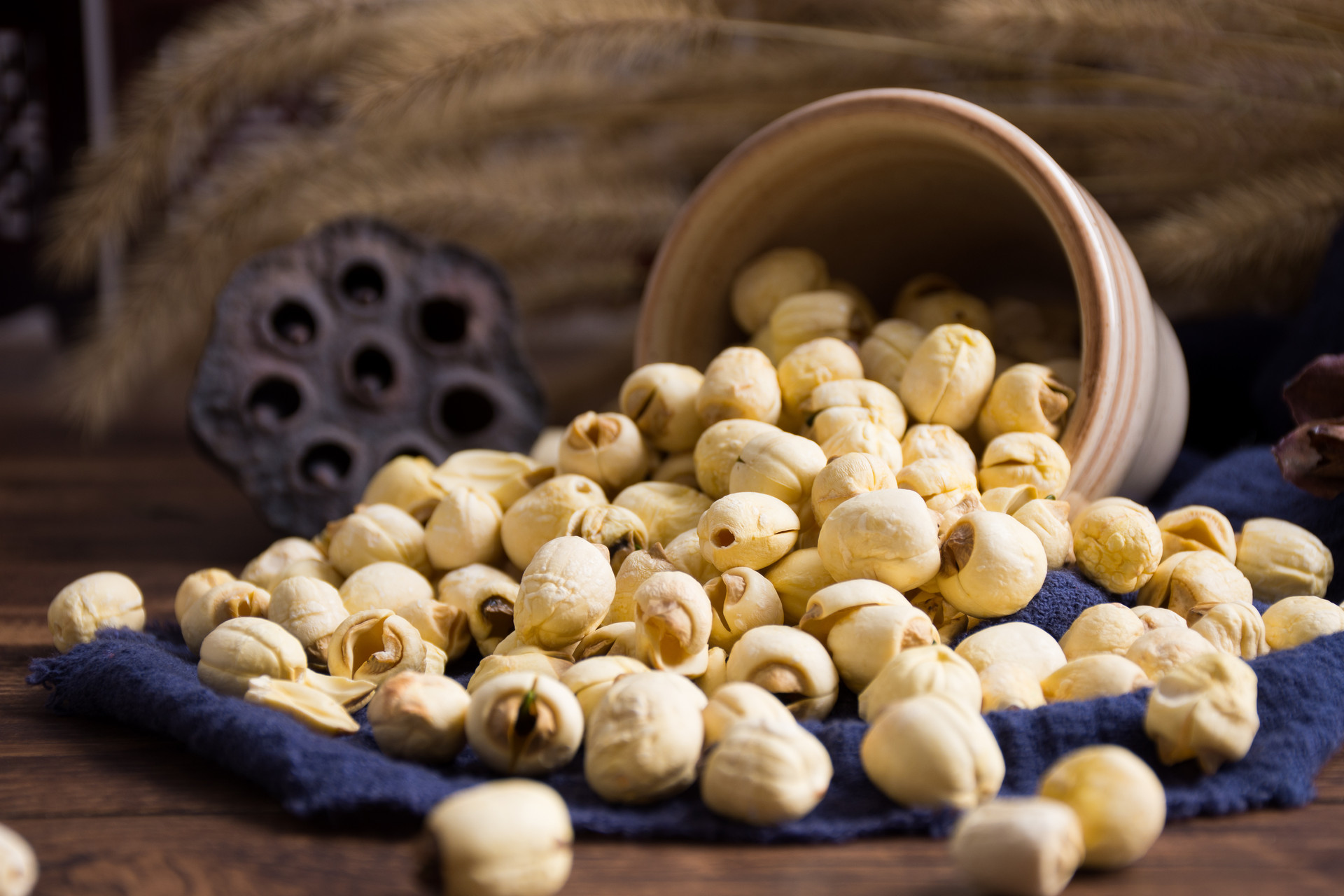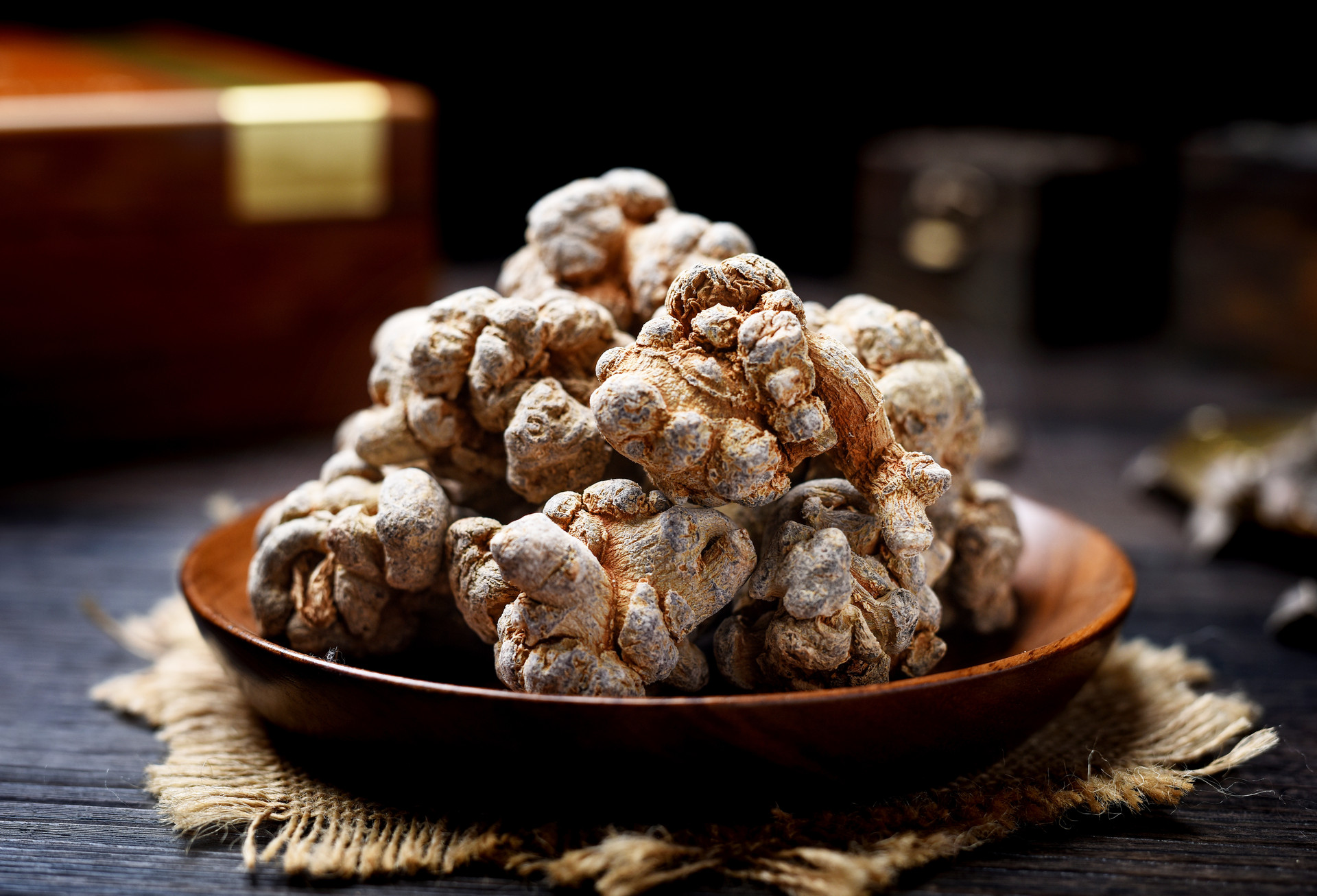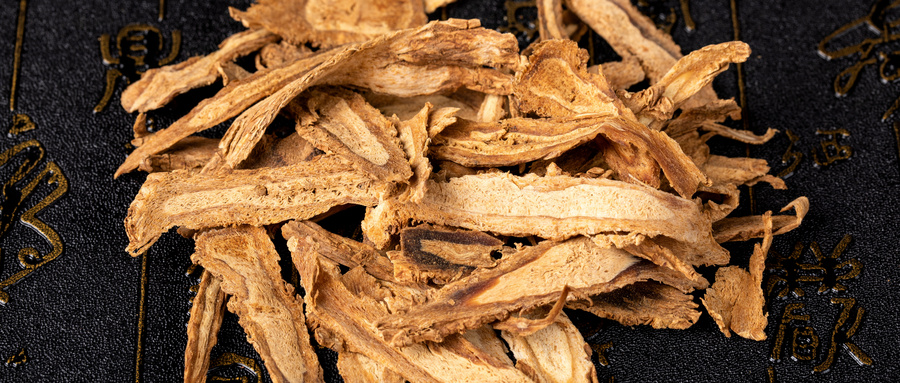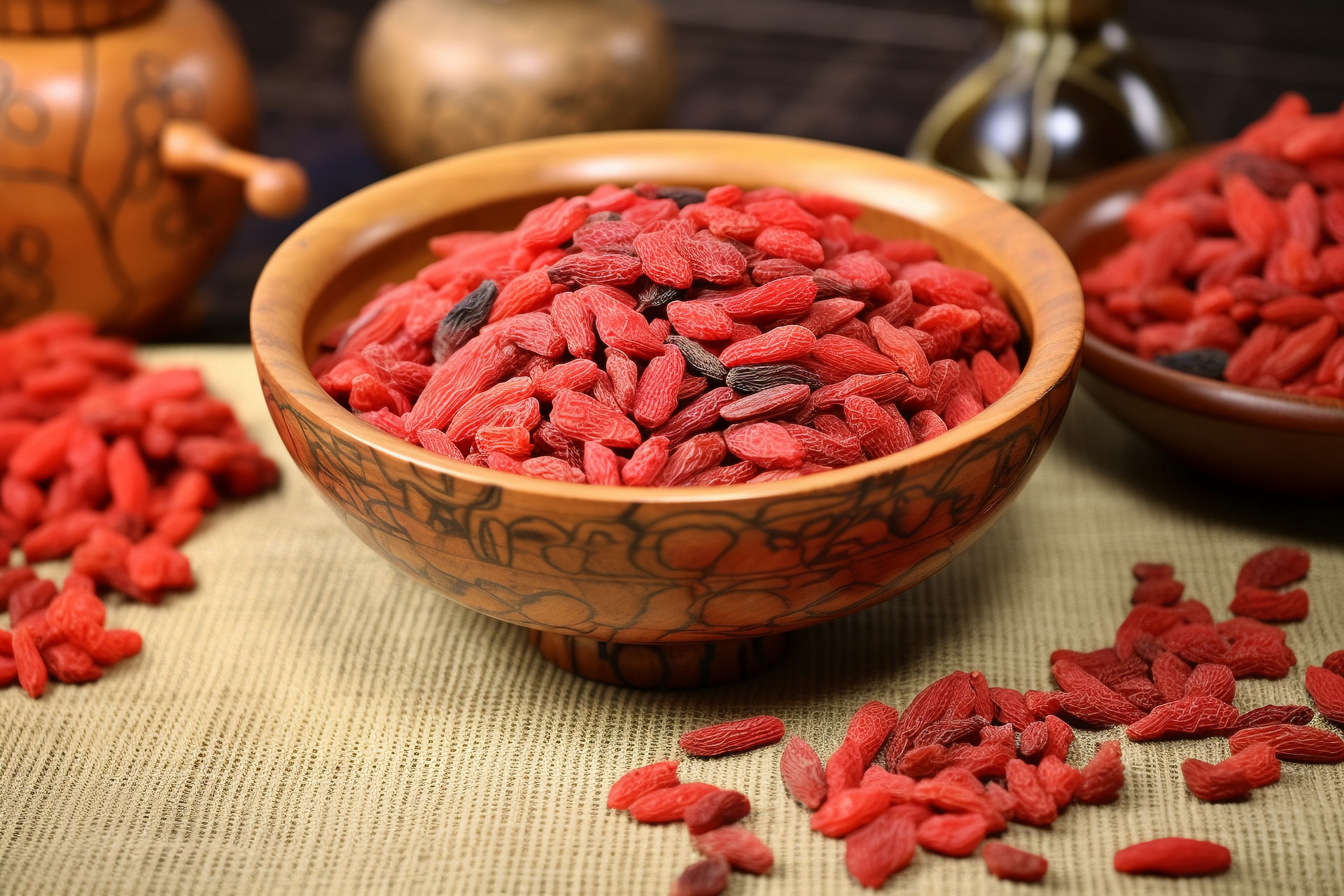Tuncao

Tuncao is often confused with Artemisia because of their similar appearance. People are unsure of the differences between Tuncao and Artemisia. So, what are the distinguishing features between Tun

The traditional Chinese medicine Tuncao, also known as Daokoucao, is a highly invasive weed with strong reproductive capabilities. Tuncao can cause significant damage to plants. What are the morpholo

Tuncao grows in open areas near hillsides or villages, and is distributed in South China, Southwest China, Jiangxi, Fujian, Taiwan, Hubei, Hunan, and other places. Tuncao prefers warm climates and is

Tuncao, also known as inverted grass, is a highly reproductive and malignant weed that can cause significant harm to the human body, leading to the occurrence of diseases such as asthma. Let's find

Chinese herbal medicine "Tuncao" is a highly invasive and malignant weed known as the killer of the plant kingdom. It absorbs ammonia and phosphorus from the soil, grows rapidly, and poses a strong t